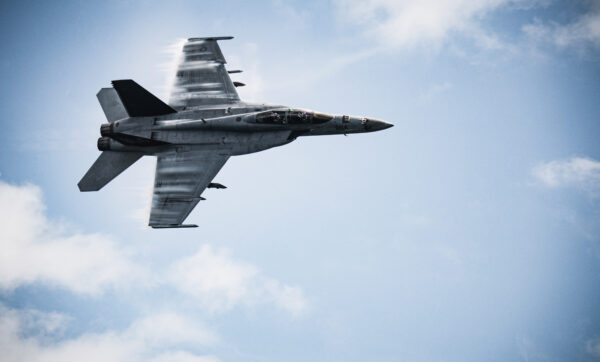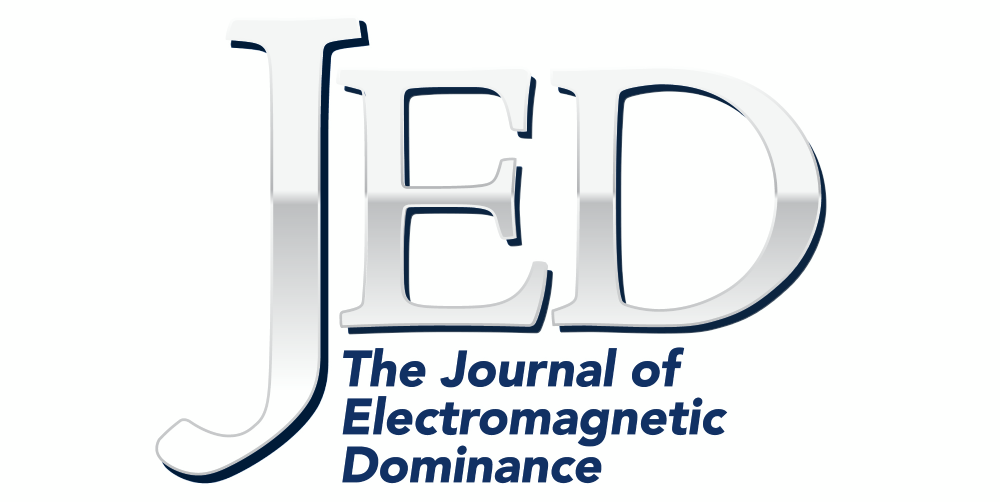
By John Knowles
BAE Systems (Nashua, NH) has won a $54.1 million cost-plus-incentive-fee contract from Naval Air Systems Command (Patuxent River, MD) for the design, development, integration, testing, production and delivery of the Dual Band Decoy (DBD).
NAVAIR began developing the DBD in 2019, when it awarded a pair of two-year demonstration of existing technologies (DET) contracts to BAE Systems ($36.7 million) and Raytheon ($33 million). The DBD is expected to replace the current ALE-55 Fiber-Optic Towed Decoy (FOTD) on Navy F-18E/F Super Hornets. It could be installed on other aircraft types, such as the P-8A Poseidon. The Navy has been testing the ALE-55 in a pod-mounted dispenser on the Poseidon since 2021.
The DBD effort has been delayed by a dispute between NAVAIR and one of the companies pursuing the program. In June 2021, NAVAIR issued an RFP for the follow-on Engineering and Manufacturing Development (EMD) phase of the program. Raytheon and BAE System submitted their respective proposals at the end of July, and the following month, NAVAIR began evaluating the two bids. According to a protest decision report from the Government Accountability Office (GAO), a technical evaluator from the Navy raised concerns in September 2021 that Raytheon may have a conflict of interest in the competition. At issue was a former NAVAIR employee who had worked on the DBD program in certain capacities, beginning in 2014 and up through the DET phase of the program. In 2020 the NAVAIR employee retired from the government and was subsequently hired by Raytheon, where participated is some aspects of Raytheon’s proposal for the EMD phase of the program.
A Navy technical evaluator reviewing the bids raised concerns over a potential conflict of interest for Raytheon because of the former NAVAIR employee who had moved to Raytheon. After various correspondence between the NAVAIR and Raytheon, the Navy determined that the situation posed a “potentially serious conflict of interest” and disqualified Raytheon’s bid for the EMD contract. Raytheon subsequently protested the decision to the GAO, but the GAO denied the protests this past August, clearing the way for NAVAIR to award the program to BAE Systems.
NAVAIR’s Next Generation Jammer Low-Band EMD program was delayed by a somewhat similar situation of a NAVAIR employee leaving to work for a company that bid on the program (although he did not work on the NGJ-LB bid in that instance), leading the GAO to determine there was a potential conflict of interest. NAVAIR is expected to re-award the NGJ-LB EMD contract soon.
The DBD EMD program is expected to run for 36 months and should be completed by the end of FY2026. NAVAIR could make a full-rate production decision in late FY2026 or early FY2027.



